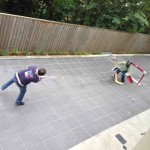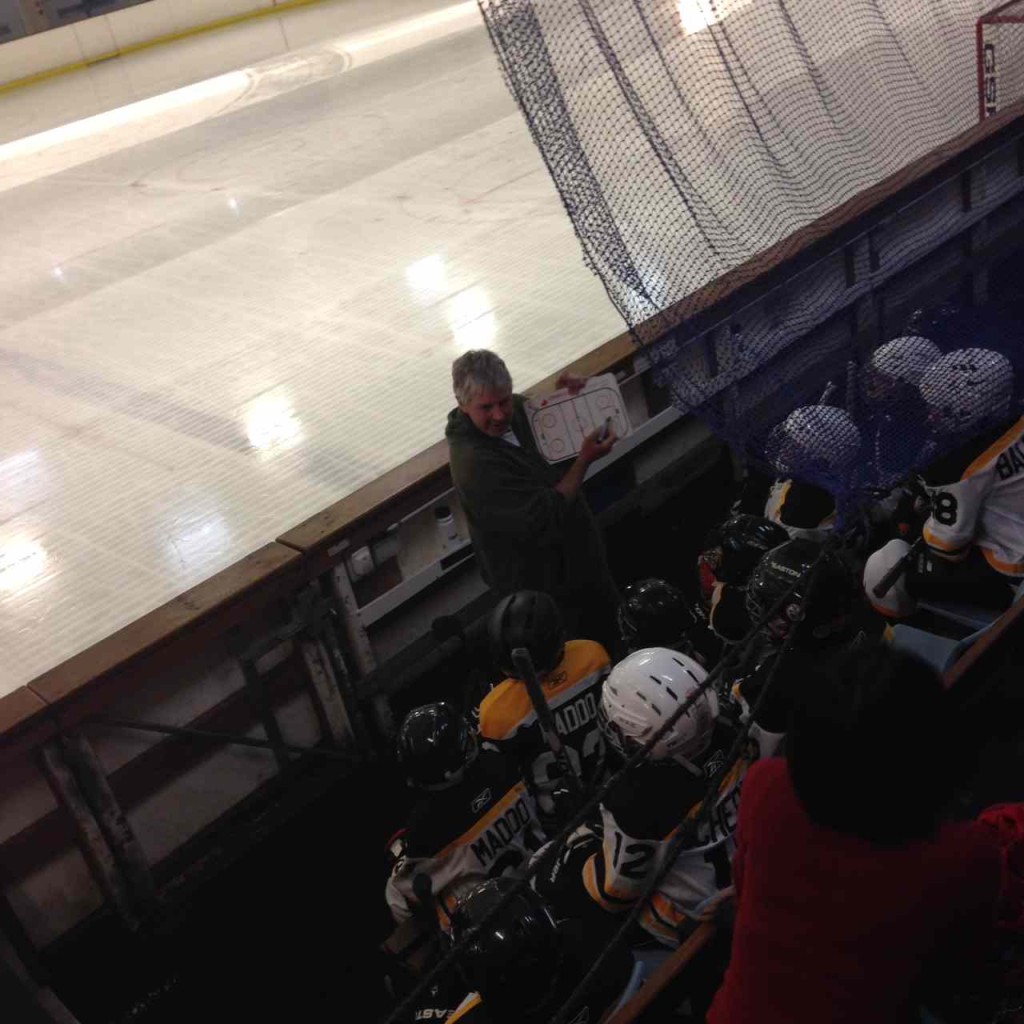In Canada we call the little kids that play hockey, Novices.
 In Brisbane they call them Squirts.
In Brisbane they call them Squirts.
Novice is better.
Whatever they’re called, mucho kudos to the Brisbane Southern Stars Squirts (5-9-years-old) on winning all six games at the 4th Annual 3-on-3 tournament at Coff’s Harbour, NSW, during the school holidays (Oct. 4-6, 2014)
I was out a couple of games, but Sheldon (another Canadian) ably stepped up (and his wife helped me), and his daughter Noelle, who may actually be younger than Sorenne, rocked it. I spoke with the kids afterwards to address any concerns and they seemed cool.
We may have gotten outshot every game, but superstar goalie Ronan Hoy registered two shutouts and pulled us though every other game. Each team member was awarded a gold medal, and coach Doug Powell’s medal is already proudly hanging downstairs with old-timey hockey paraphernalia.
Cole Hardiman was a scoring machine while brother Liam was no slouch (thanks for your help, parents Susan and Brad), while Onrii and Didier Dalgity chipped in as well. John Kelly, Alex Wentz Luke McNamara, and Ethan Poole all knew their role and to watch little kids change on the fly, pay attention to offside, and spread out and pass the puck was gratifying when we haven’t really practiced it.
 I apologize if I missed anyone, just like when I wake up in the morning and apologize to my wife for anything that may happen, and apologize when I go to bed for anything that did.
I apologize if I missed anyone, just like when I wake up in the morning and apologize to my wife for anything that may happen, and apologize when I go to bed for anything that did.
And of course we don’t teach little girls to hit other players in the back of the calves where there is no padding; that would be unsportspersonlike.
I didn’t go to the BBQ but Amy did and took a tip sensitive digital thermometer. A coupe of the dads said “Really?”
It’s food safety 1978 here, and more about that next week.
Thanks to all the parents for their time and helping to build the sport.
In a related but sorta unrelated story, my friend Elizabeth Weise, one of the few remaining reporters at the The USA Today, sent out a note asking now that “Apple and Facebook include egg freezing as a benefit. I’m curious what working mothers might think of this. One woman I know said it made her feel as if these companies were in effect saying to employees that they should have kids later on, on their own time. She worried anyone who actually had kids would be seen as a slacker who wasn’t committed to the job. Any thoughts? I’d love to quote some real mothers in the story.”
Also, “Anyone have thoughts they’d like to share with USA Today on Microsoft CEO Satya Nadella’s comment yesterday that women in tech don’t need to ask for raises, they should just trust the system to do well by them.”
 I can put you in touch with Beth.
I can put you in touch with Beth.
How about another gender story? Most people know this– it’s a not a secret.
My comment to Beth was that as a father of five hockey-playing daughters – he’s a jackass.
We’ll work more on positioning for the rest of the season, as well as the basics.
Also, the girls-only session last week was a success. When we started the Guelph girls hockey league in about 1996, (that’s in Ontario, in Canada, a town of about 120,000), the girls came out of the woodwork and now is a vibrant league with house league, various rep teams, and probably some 1,000 girls playing.
dp
Dr. Douglas Powell
powellfoodsafety.com
barfblog.com
dpowell29@gmail.com






















